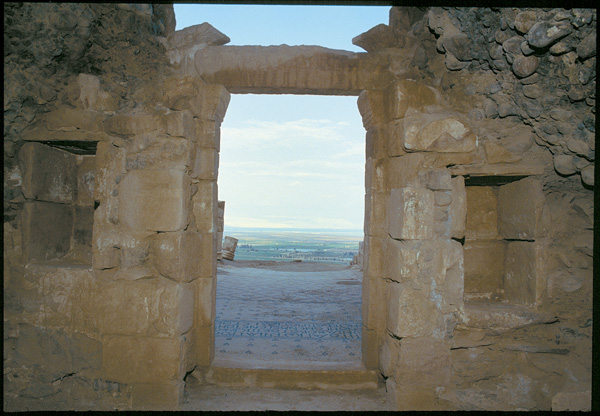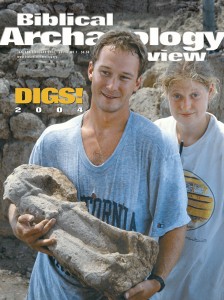Where Lot's Daughters Seduced their Father
Excavations Reveal Commemorative Monastery

Perched precariously on a steep, barren slope overlooking the southeastern shore of the Dead Sea, I found the remains of what had once been elegant stone buildings—walls, pieces of metal and glass, tiny mosaic cubes and pottery sherds. It was 1986 and I was conducting a survey with Canadian excavator Burton MacDonald. The site is called Deir ‘Ain ‘Abata, the Monastery of the Abata Spring. It was clear that the site had once been an impressive Byzantine-era complex. But why would anyone build in such an inhospitable and desolate location?
How much longer these archaeological remains would continue to survive was a question. The site was threatened by erosion, by encroaching fields belonging to the villagers of nearby Safi and by looters searching for ancient treasure.
A grant from the British Museum made it possible for an international team of archaeologists from Britain, Greece, Canada, Australia and Jordan to conduct nine seasons at the site. The grant was supplemented by funds from other academic institutions and private donors.
The complex turned out to be a monastery with a triple-apsed basilica church that was built directly into the hillside that led into a natural cave; adjacent to it were living quarters for monks and a hostel for pilgrims.
Already a library member? Log in here.
Institution user? Log in with your IP address.

